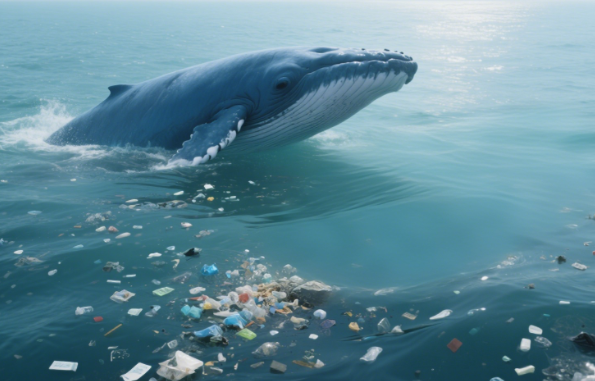According to a study published in the May 2025 issue of Nature Communications, blue whales off the coast of California, USA, ingest 10 million microplastics per day, and humpback whales 4 million. Persistent organic pollutants (POPs) adsorbed on the surface of microplastics (e.g. polychlorinated biphenyls (PCBs)) are absorbed into the bloodstream through the intestinal tract, leading to liver damage and endocrine disruption. More seriously, microplastics form “plastic tumors” in the stomachs of cetaceans, impeding food digestion and causing some individuals to lose 20% of their body weight due to malnutrition. Satellite monitoring technology (with a resolution of 0.5 meters) developed by an international team has been able to track the source of plastic pollution on beaches, providing data to support cleanup.

Leave a Reply